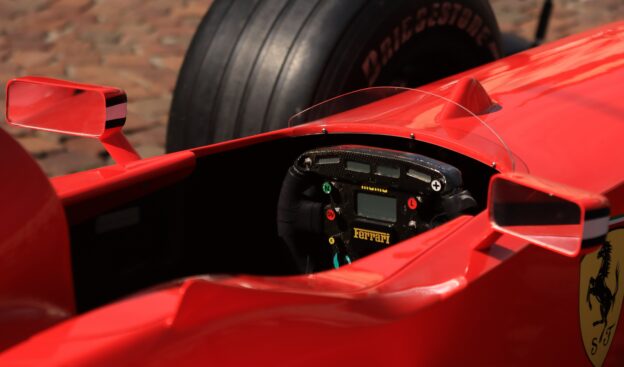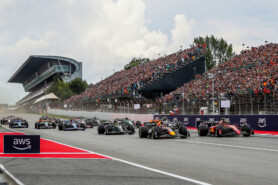Speed and Innovation: The Thrill of Formula 1

Formula 1 (F1), the pinnacle of motorsport, offers not just high-speed thrill but also showcases the power of technological innovation in enhancing sporting performance, safety, and sustainability. It provides a global platform where cutting-edge technologies converge with the raw talent of drivers to create an unrivalled spectacle of speed.
Harnessing Aero and Material Science for Superior Performance
In the quest for speed, Formula 1 teams have perfected the science of aerodynamics and the use of high-tech materials. Teams collaborate with industries beyond motorsport, with aerodynamic principles now aiding sports like sailing, bobsleigh, and cycling. One prime example is McLaren's collaboration with cycle company Specialized, leading to the creation of the ‘Venge’ racing bike. Crafted from lightweight, carbon fibre, this innovation brought notable efficiency gains, transforming the bike into an immediate race winner.
Furthermore, hydrodynamics, a sibling science to aerodynamics, has found a home in the America’s Cup sailing competition, with key F1 figures contributing their expertise. The power of these scientific domains and technological innovations extends F1's influence far beyond racing circuits, ensuring a constant feedback loop of innovation and improvement.
The Halo: A Leap Forward in Driver Safety
Formula 1 is not just about speed, it is also about the safety of its competitors. A prime example of this commitment to safety is the introduction of the 'Halo' system. Implemented in 2018, this innovation faced initial resistance but quickly proved its life-saving value.
The 'Halo', a sturdy strap-shaped device, serves as a shield, protecting drivers from direct hits and debris during accidents. Its efficacy was notably proven during incidents involving F1 drivers Fernando Alonso, Charles Leclerc, Romain Grosjean, and during a crash between Max Verstappen and Lewis Hamilton in 2021. The Halo underscores F1's dedication to safety, even when pushing the boundaries of speed.
Embracing Green Technology in F1
As we enter an era of increasing environmental consciousness, F1 isn't trailing behind. The regulations have expanded to allow the use of natural materials like flax, hemp, linen, cotton, and bamboo in car construction, a far cry from the traditional metal-dominated approach.
McLaren, a leader in this arena, created a driver's seat entirely made of reinforced flax fibres for driver Lando Norris in 2021. The innovative use of sustainable materials has the potential to transform not just F1, but also the broader automotive industry. Other manufacturers like Porsche and Extreme E have already followed suit, replacing carbon fibre with these natural alternatives.
Formula 1's movement towards sustainability doesn't compromise on performance or thrill. Instead, it is a proof of the sport's adaptability and its commitment to innovation and progress.
Formula 1: The Ongoing Revolution
Formula 1 stands as an example of how motorsport technology can be constantly pushed towards sheer perfection, providing a stage where speed, thrill, safety, and innovation intersect. The discipline's advancements in the mentioned fields, and elsewhere, have significantly shaped not just the sport, but also the wider world. This ongoing evolution ensures that the heart-pounding excitement of F1 will continue to enthral fans for years to come, all while driving global technological progress.
✅ Check out more posts with related topics:












